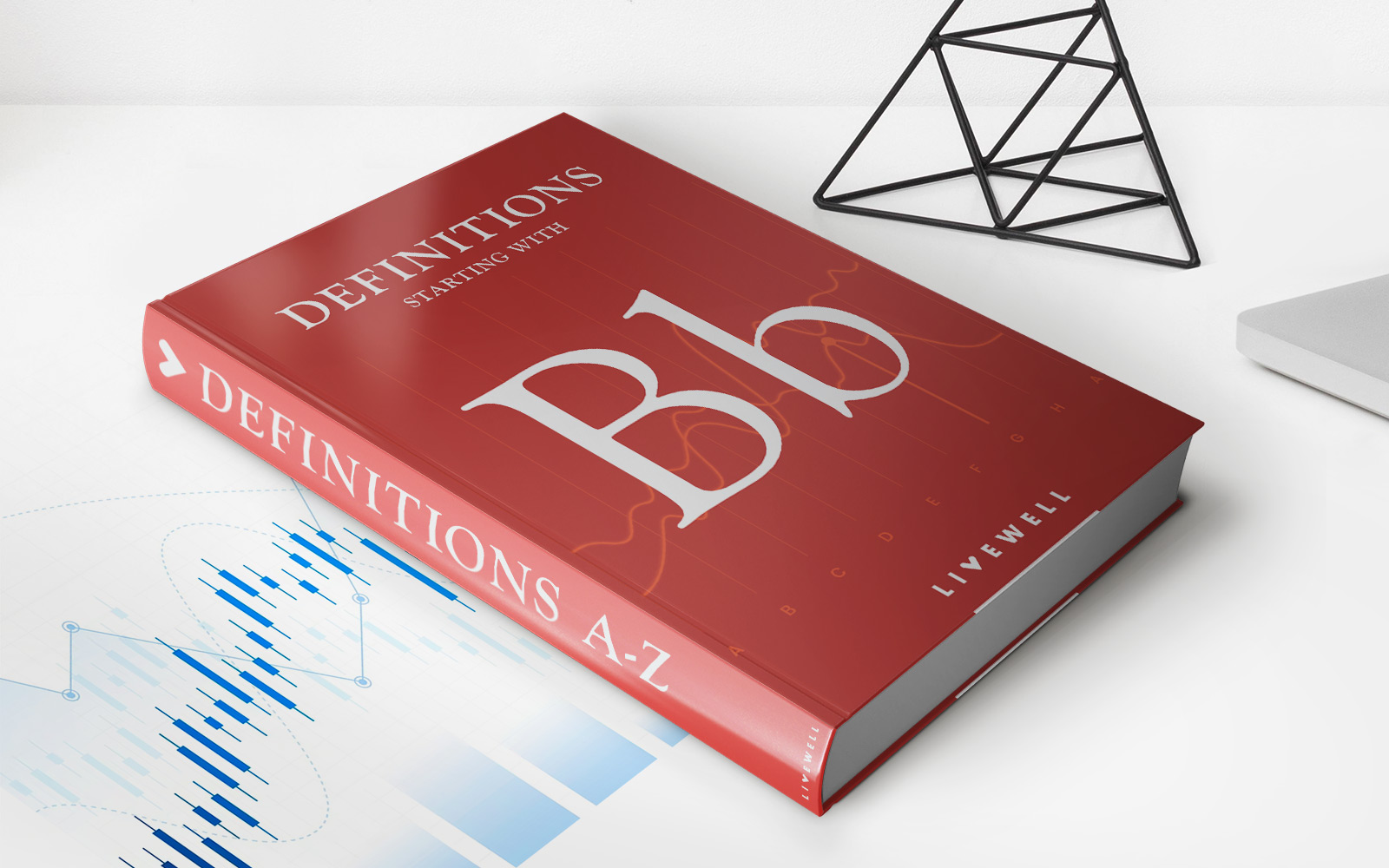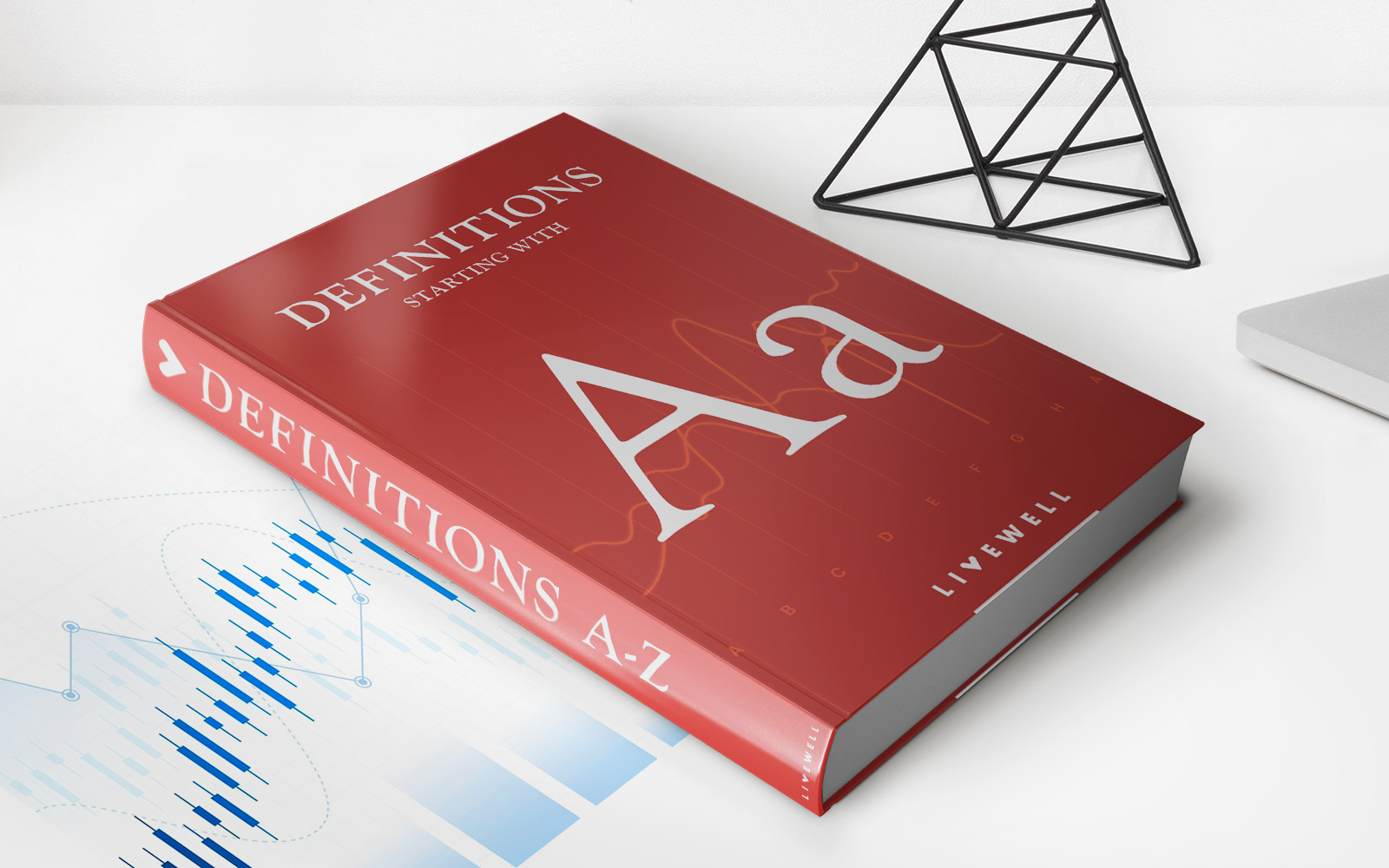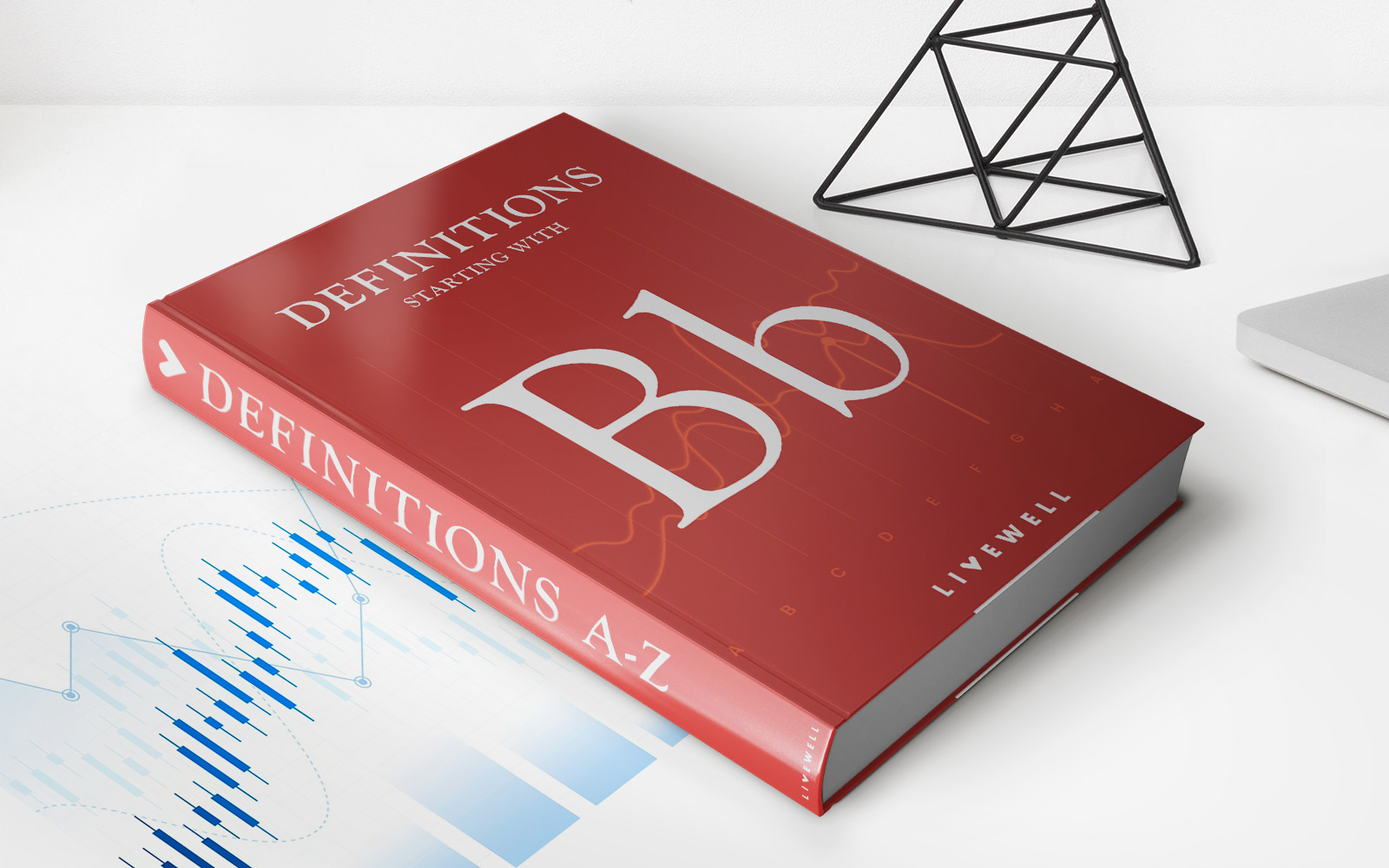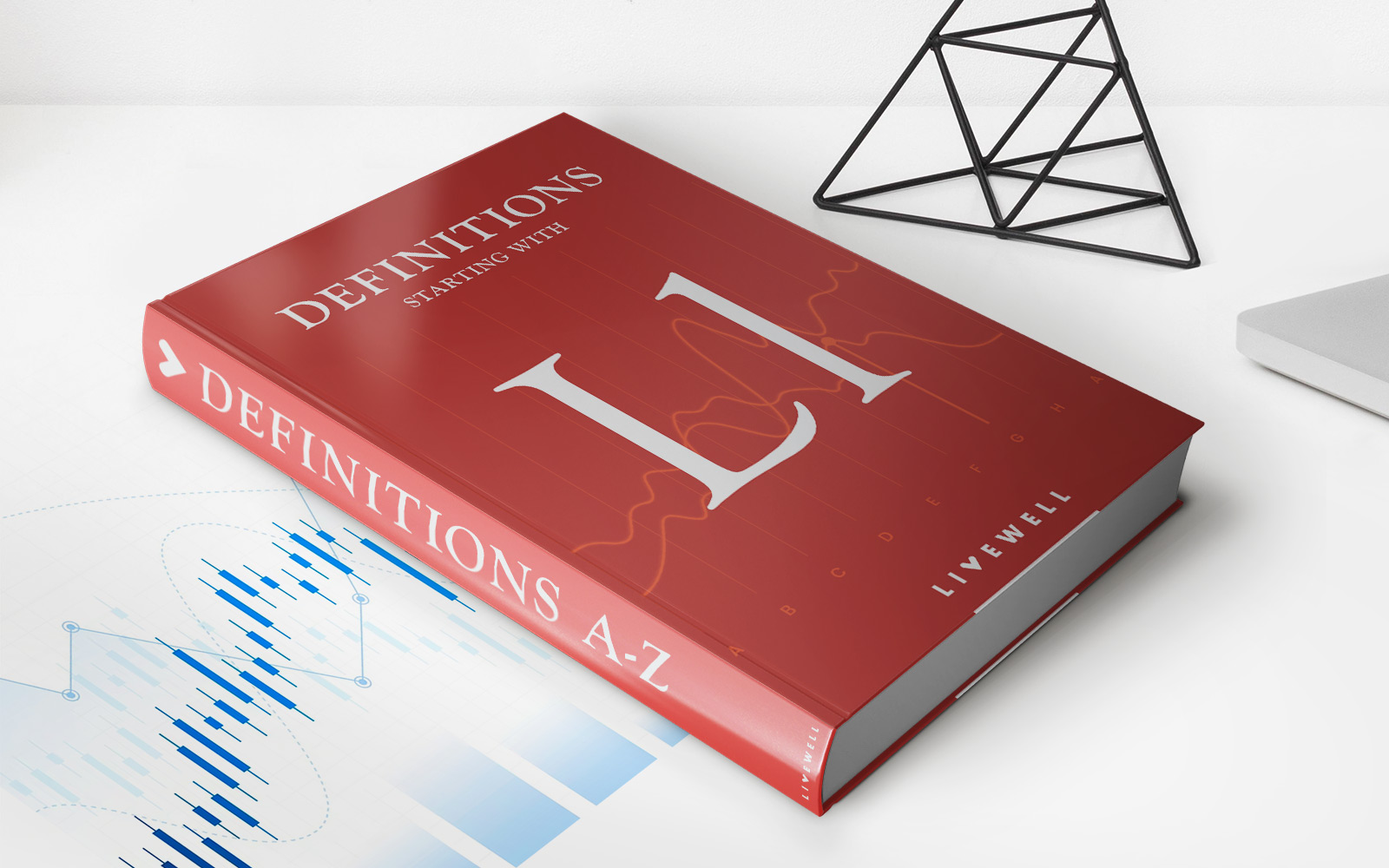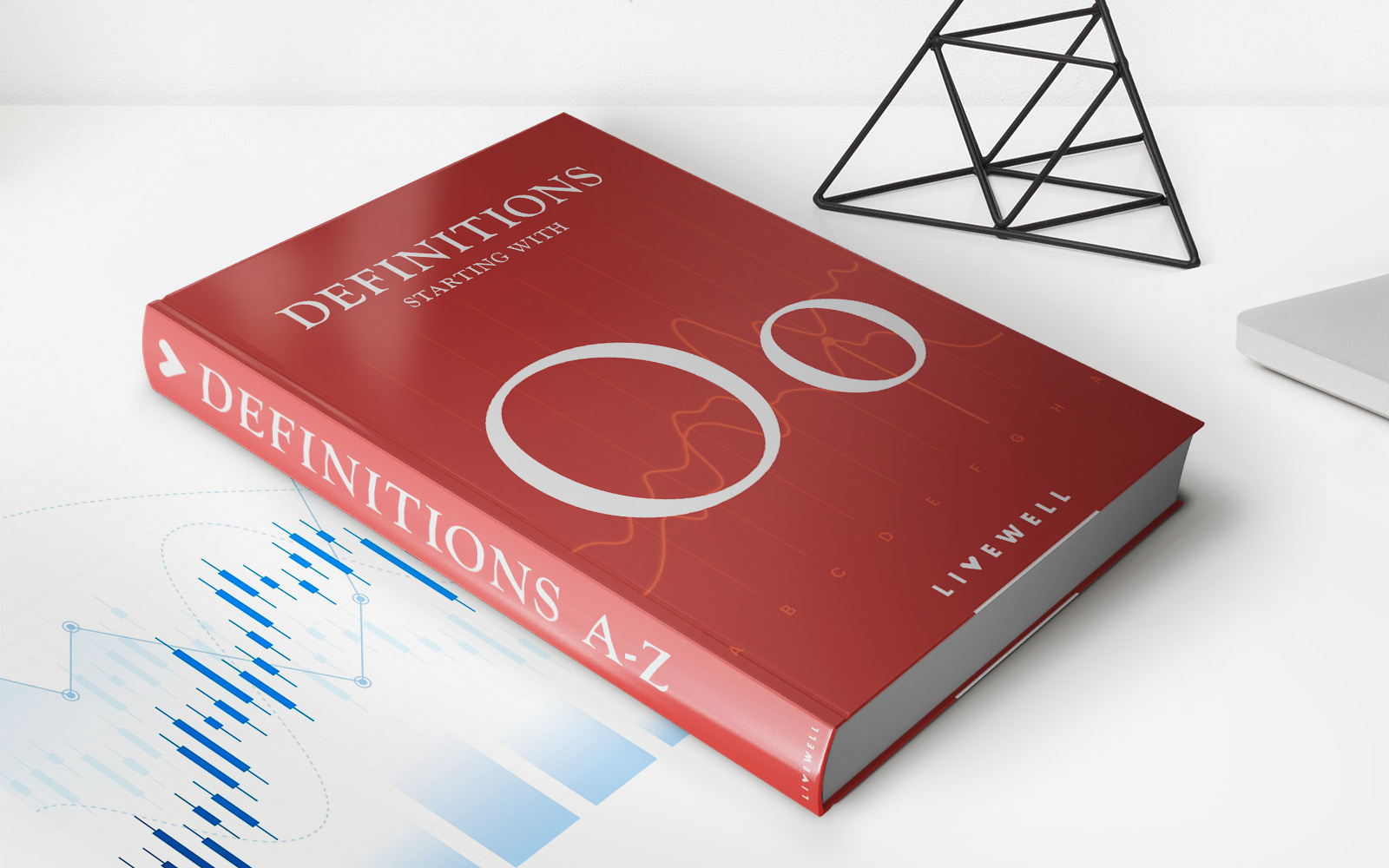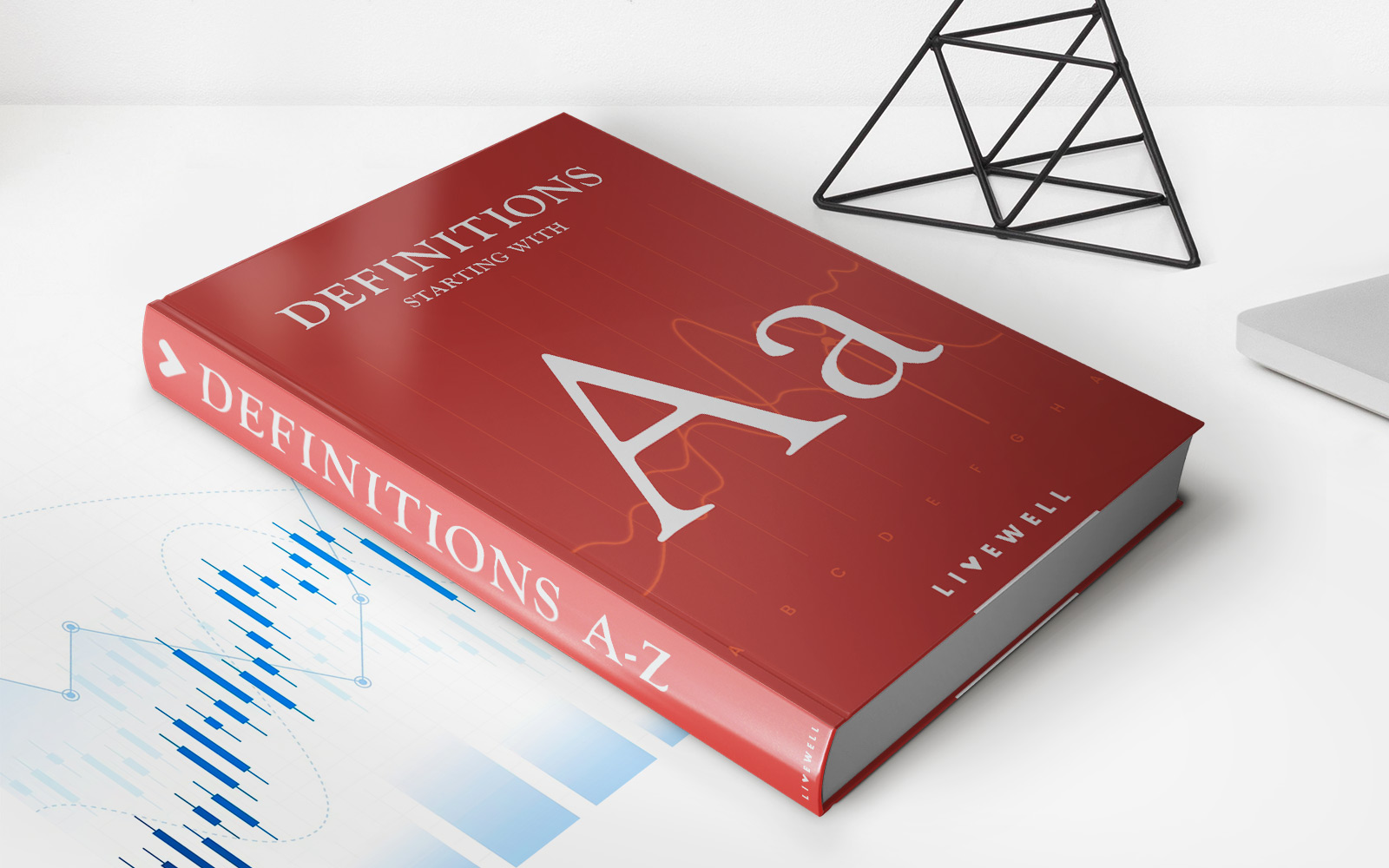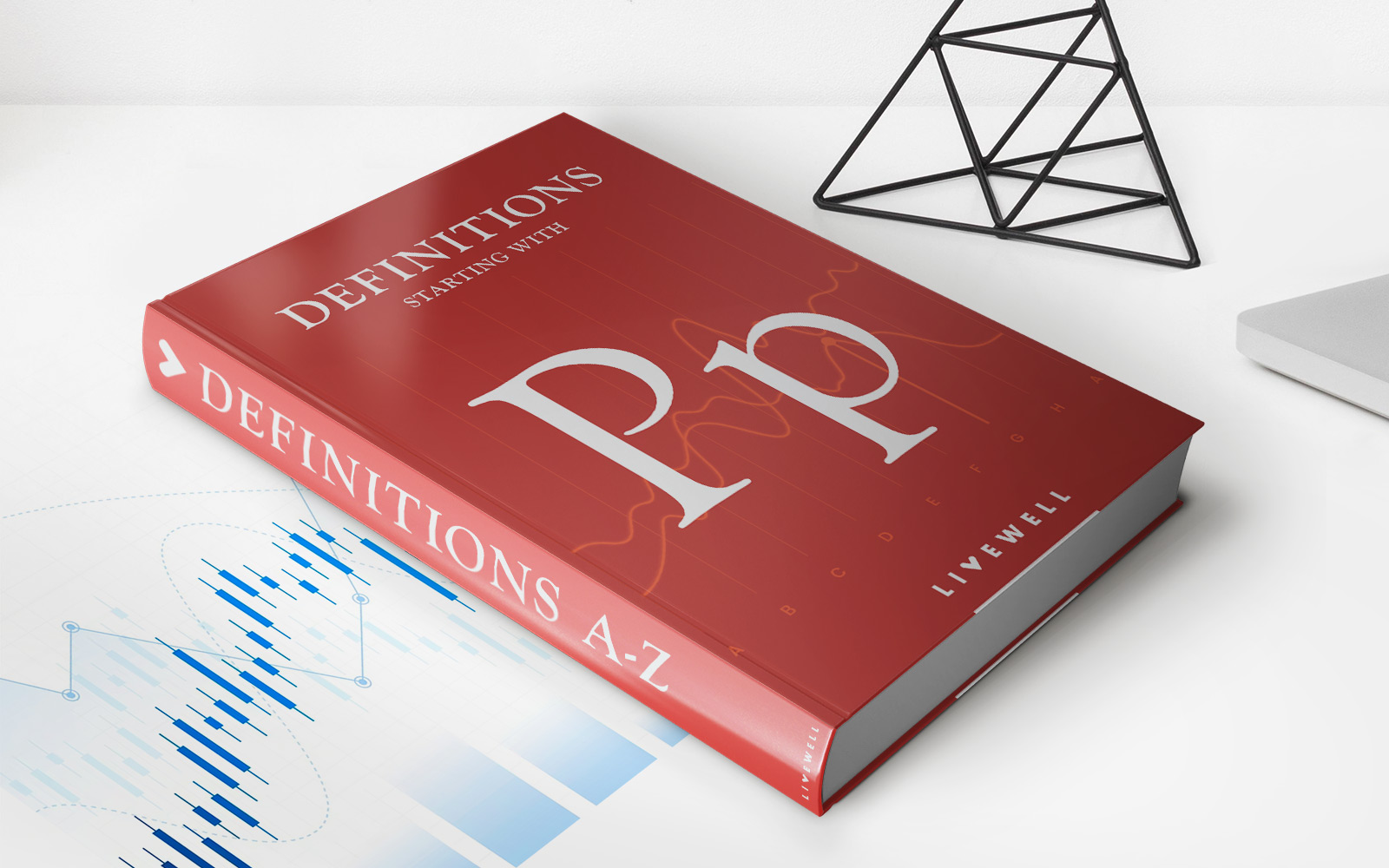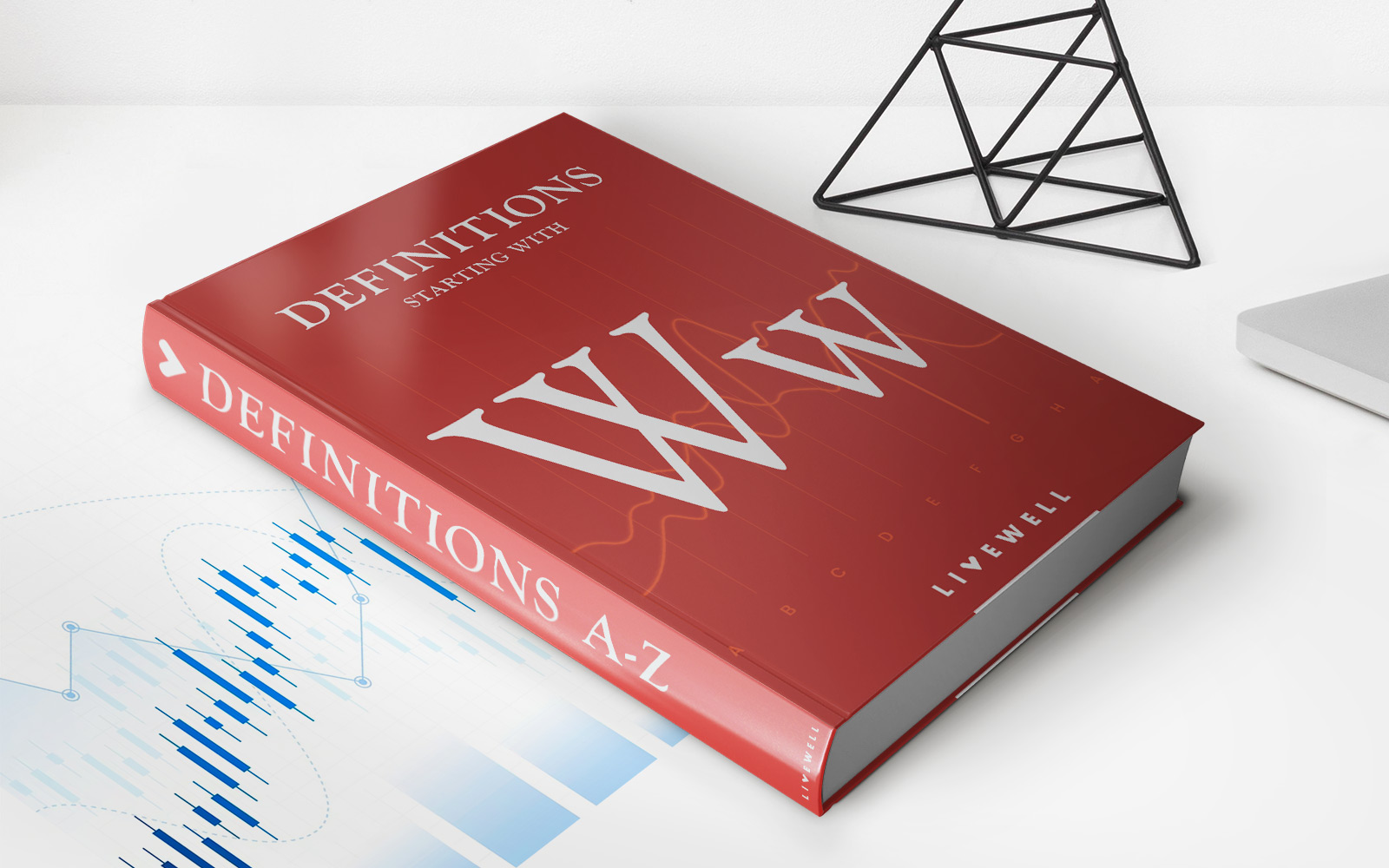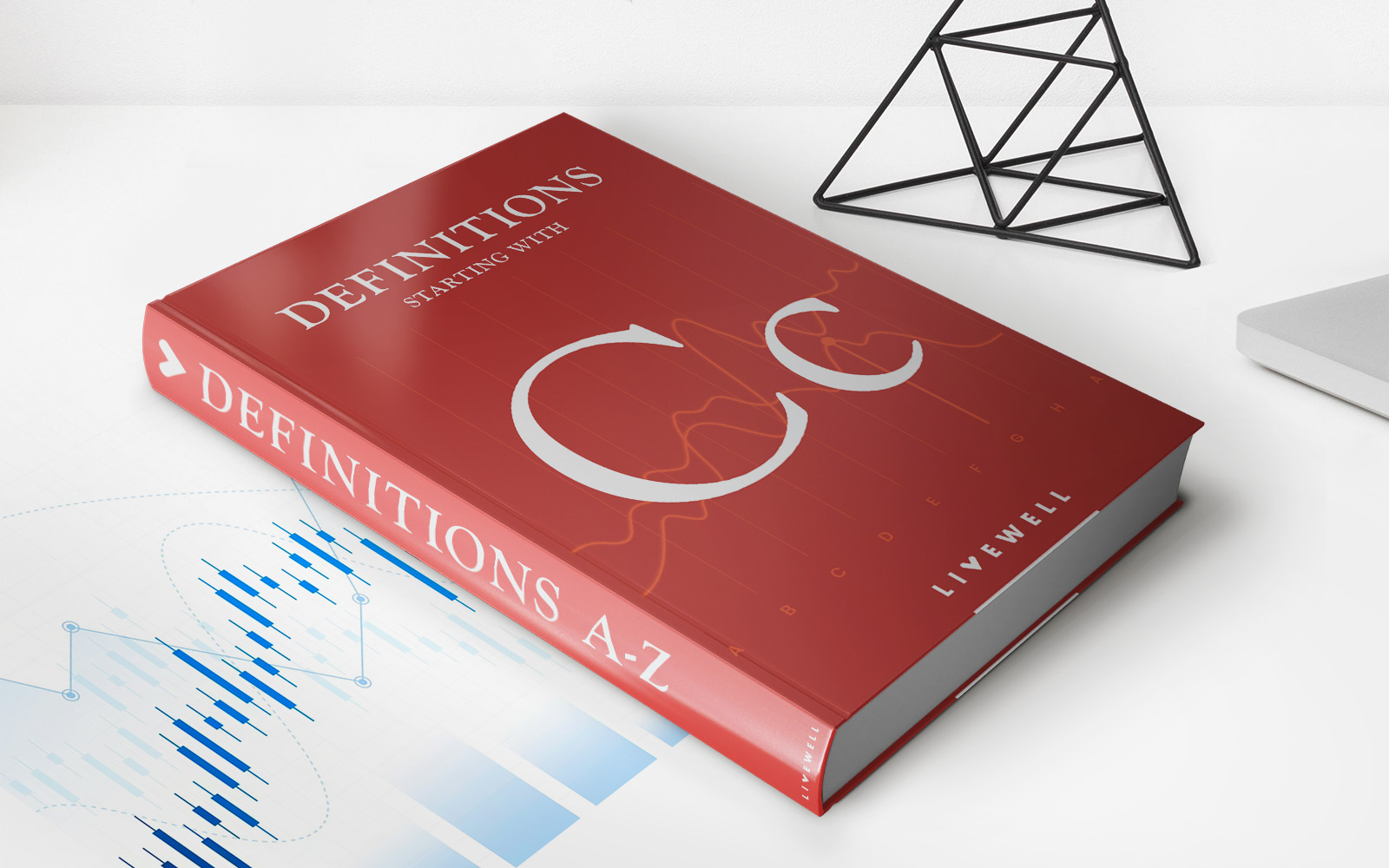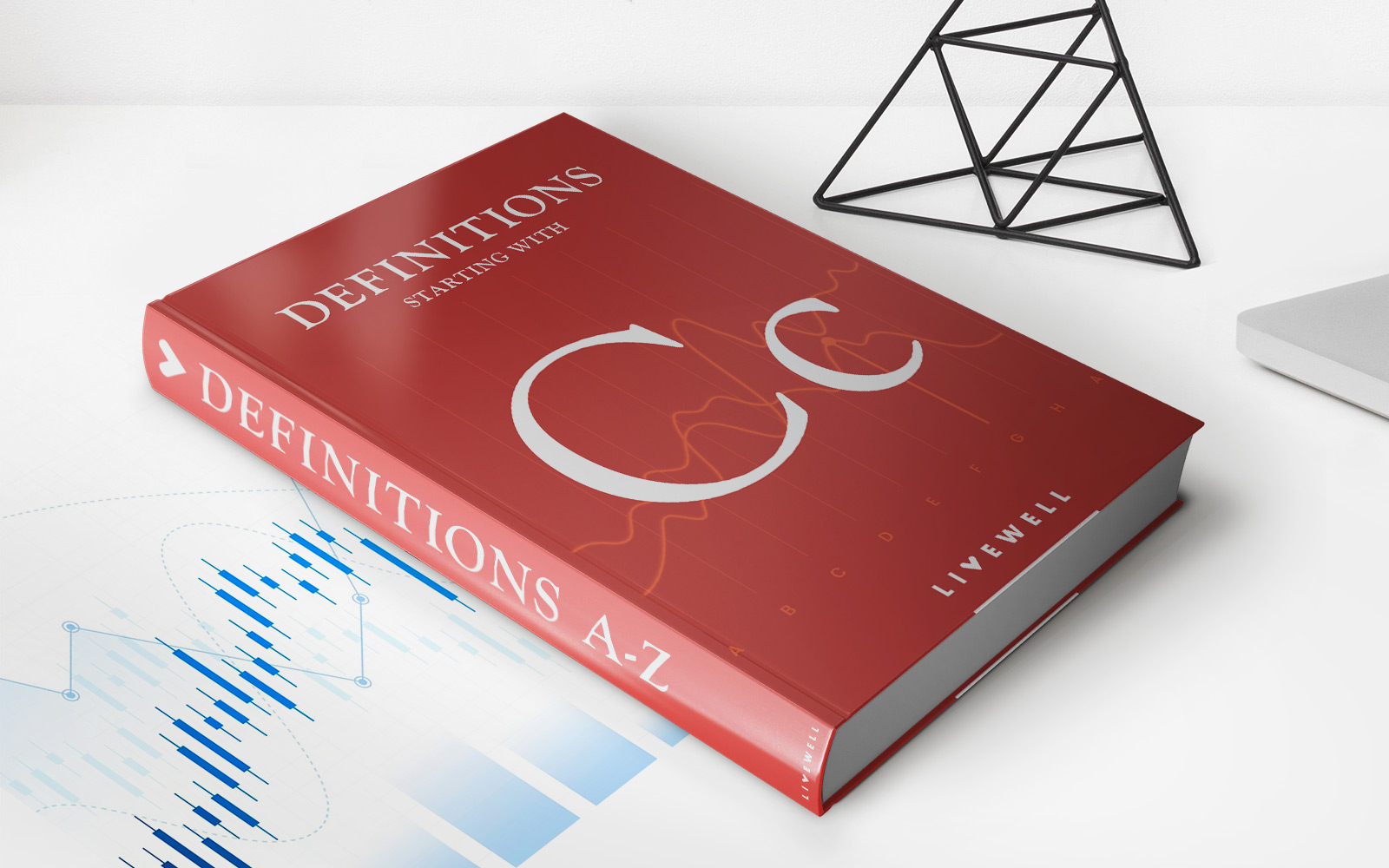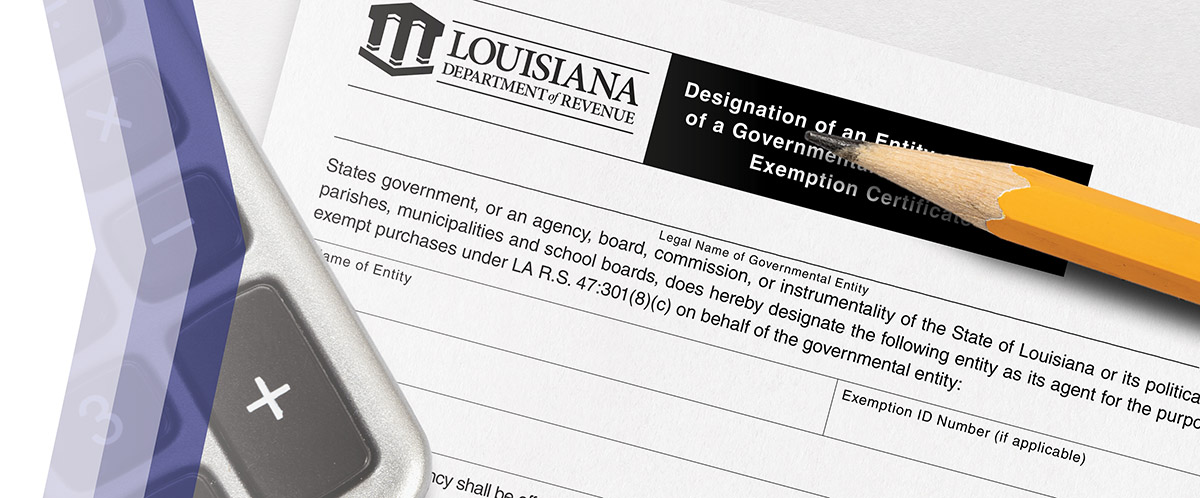Home>Finance>What Are Hard Assets? Definition, Examples And Other Assets Types


Finance
What Are Hard Assets? Definition, Examples And Other Assets Types
Published: December 4, 2023
Discover the meaning of hard assets in finance and explore examples and other types of valuable assets in this informative guide.
(Many of the links in this article redirect to a specific reviewed product. Your purchase of these products through affiliate links helps to generate commission for LiveWell, at no extra cost. Learn more)
What Are Hard Assets? Definition, Examples, and Other Asset Types
When it comes to managing our finances, understanding different asset types is essential. One type of asset that often comes up in financial discussions is hard assets. But what exactly are hard assets, and how do they differ from other types of assets? In this blog post, we’ll explore the definition of hard assets, provide examples, and discuss other asset types. So, let’s dig in!
Key Takeaways:
- Hard assets are physical, tangible assets that hold intrinsic value.
- Examples of hard assets include real estate, precious metals, machinery, and vehicles.
What are Hard Assets?
A hard asset, also known as a tangible asset, is a physical asset that holds intrinsic value. Unlike financial assets such as stocks, bonds, or derivatives, hard assets can be touched, seen, and are not dependent on the performance of companies or financial markets. They are considered to be more stable in value and less prone to depreciation compared to other asset types.
Examples of Hard Assets:
- Real Estate: Properties such as residential homes, commercial buildings, or land are considered hard assets due to their physical existence. Real estate investments are popular for their potential long-term appreciation and rental income generation.
- Precious Metals: Gold, silver, platinum, and other precious metals are often coveted as hard assets due to their historical value and hedge against inflation. Investors can physically hold these metals or invest in exchange-traded funds (ETFs) that represent ownership.
- Machinery: Industrial machinery and equipment, such as manufacturing tools or heavy machinery used in construction, are considered hard assets. These assets are often critical for businesses to produce goods and provide services.
- Vehicles: Cars, trucks, boats, and other vehicles hold value as hard assets. While they may depreciate over time, they can still be sold or traded for a certain amount of money, making them tangible assets.
Other Asset Types:
While hard assets are physical and tangible, other asset types can provide different benefits and opportunities. Here are some examples:
- Financial Assets: These include stocks, bonds, mutual funds, and other securities that represent ownership of companies or debt instruments. Financial assets are traded in financial markets and their value is often influenced by market conditions and company performance.
- Intangible Assets: Intellectual property, patents, trademarks, copyrights, and brand recognition are examples of intangible assets. Although intangible, these assets can hold significant value for businesses and protect their unique offerings.
- Crypto Assets: Cryptocurrencies like Bitcoin, Ethereum, and others are digital assets that exist on blockchain technology. While intangible, they have gained popularity as a form of investment due to their potential growth and decentralized nature.
Understanding the different types of assets is crucial for diversifying our portfolios, managing risks, and making informed financial decisions. Whether investing in hard assets for stability or exploring other opportunities, a well-rounded approach can help individuals and businesses achieve their financial goals.
As time goes on, the world of finance continues to evolve. Being aware of the various asset types ensures that we stay up-to-date, adapt to the changing landscape, and make the most of our financial resources.
